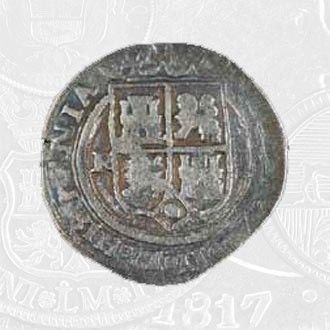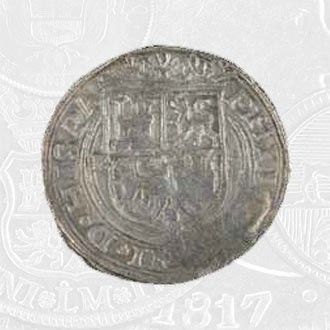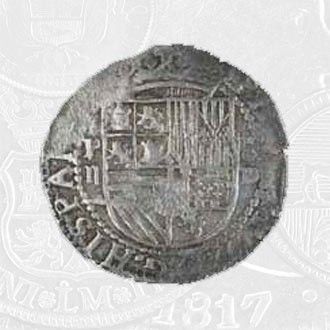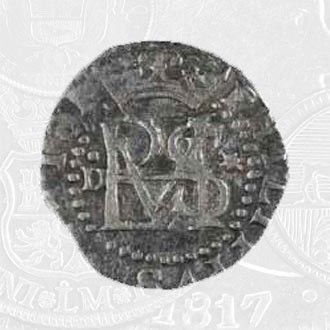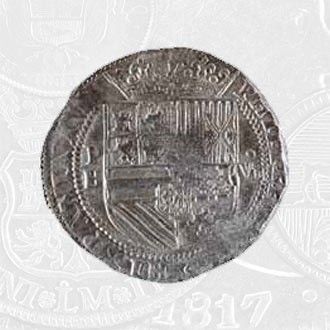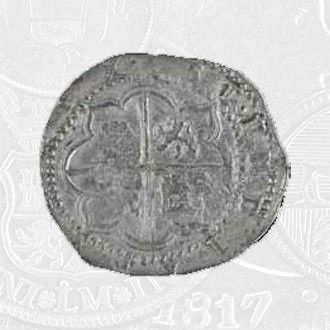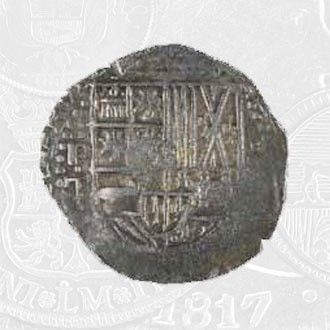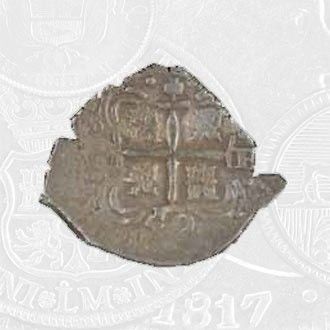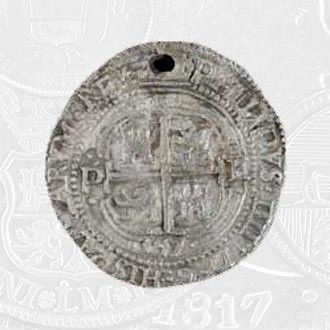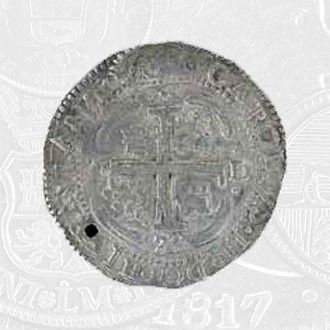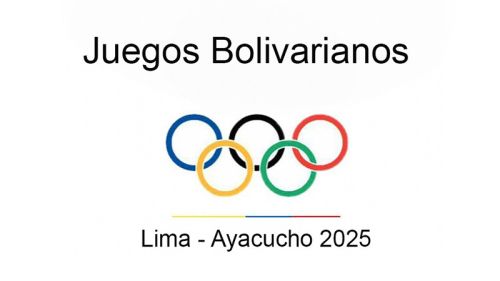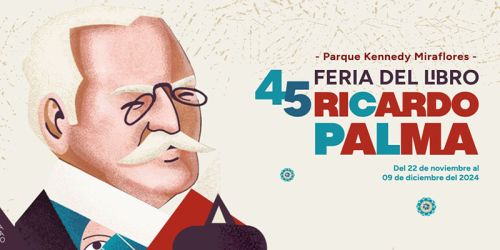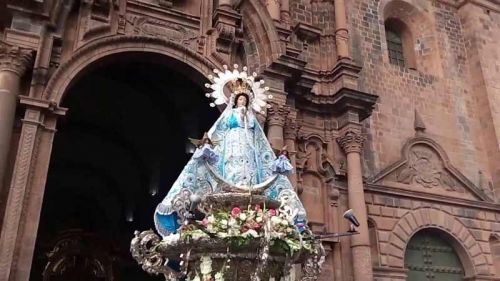- Peru Guide
- Peruvian Visa Types
- Public Holidays & Festivals
- Peru Info
- Culture & Entertainment
- Legal Stuff
- Customs Regulations & Info
- How many days did I get?
- Tourist Visa extension in Peru
- Peruvian Overstay Fine
- International Document for Antecedentes Peru
- Paying Administration Charges
- Permit to Sign Contracts
- Interpol - Ficha de Canje
- Travel Permit
- Subsanacion - Submitting documents
- Extending a Migraciones deadline
- Residence visa extension
- Renewal Carné de Extranjería
- Update Migraciones information
- Carné replacement
- Marrying in Peru
- Driver's License in Peru
- Police Clearance Certificate Peru
- Travel Authorization for Minors
- Finding a Job in Peru
- Domestic Workers in Peru
- Labor Regulations Peru
- Air Passenger Rights
- Safety, Security & Travel Advice
- Shopping in Peru
- Stay Connected
- Business Guide
- Earthquakes
- Emergencies & Help
- History of Peru
- Education, Teaching & Schooling
- Glossary of Terms
- Lima Guide
- Travel & Sights
- Food
- Money
- Events
- Opinion
- Media
- Peru Guide
- Peruvian Visa Types
- Public Holidays & Festivals
- Peru Info
- Culture & Entertainment
- Legal Stuff
- Customs Regulations & Info
- How many days did I get?
- Tourist Visa extension in Peru
- Peruvian Overstay Fine
- International Document for Antecedentes Peru
- Paying Administration Charges
- Permit to Sign Contracts
- Interpol - Ficha de Canje
- Travel Permit
- Subsanacion - Submitting documents
- Extending a Migraciones deadline
- Residence visa extension
- Renewal Carné de Extranjería
- Update Migraciones information
- Carné replacement
- Marrying in Peru
- Driver's License in Peru
- Police Clearance Certificate Peru
- Travel Authorization for Minors
- Finding a Job in Peru
- Domestic Workers in Peru
- Labor Regulations Peru
- Air Passenger Rights
- Safety, Security & Travel Advice
- Shopping in Peru
- Stay Connected
- Business Guide
- Earthquakes
- Emergencies & Help
- History of Peru
- Education, Teaching & Schooling
- Glossary of Terms
- Lima Guide
- Travel & Sights
- Food
- Starter & Appetizer
- Sandwiches
- Soups
- Main Courses
- Salsas, Sauces & Dips
- Desserts
- Snacks
- Drinks & Beverages
- Peruvian Cheese
- Fruits
- Vegetables
- Aji - Chili Peppers
- Grains, Coffee, Beans & Nuts
- Common Herbs
- Other Ingredients
- Money
- Peru Guide
- Peruvian Visa Types
- Public Holidays & Festivals
- Peru Info
- Culture & Entertainment
- Legal Stuff
- Customs Regulations & Info
- How many days did I get?
- Tourist Visa extension in Peru
- Peruvian Overstay Fine
- International Document for Antecedentes Peru
- Paying Administration Charges
- Permit to Sign Contracts
- Interpol - Ficha de Canje
- Travel Permit
- Subsanacion - Submitting documents
- Extending a Migraciones deadline
- Residence visa extension
- Renewal Carné de Extranjería
- Update Migraciones information
- Carné replacement
- Marrying in Peru
- Driver's License in Peru
- Police Clearance Certificate Peru
- Travel Authorization for Minors
- Finding a Job in Peru
- Domestic Workers in Peru
- Labor Regulations Peru
- Air Passenger Rights
- Safety, Security & Travel Advice
- Shopping in Peru
- Stay Connected
- Business Guide
- Earthquakes
- Emergencies & Help
- History of Peru
- Education, Teaching & Schooling
- Glossary of Terms
- Lima Guide
- Travel & Sights
- Food
- Starter & Appetizer
- Sandwiches
- Soups
- Main Courses
- Salsas, Sauces & Dips
- Desserts
- Snacks
- Drinks & Beverages
- Peruvian Cheese
- Fruits
- Vegetables
- Aji - Chili Peppers
- Grains, Coffee, Beans & Nuts
- Common Herbs
- Other Ingredients
- Money
- Peruvian Money Guide
- Old Peruvian Coins
Old Peruvian Coins
Using official coins in Lima and Peru can be traced back to the year 1566. Since the foundation of Lima by Francisco Pizarro in 1535, it was very difficult to execute commercial transactions with no established monetary system. At that time silver and gold bars were used for large transactions, but these were not efficient for small businesses and operations. A variety of coin shaped objects filled the gap with differences in weight, nomination and metals used that caused very chaotic conditions. The Spanish Crown realized the importance of coinage in the colonies and by request of the viceroy of Peru, Diego López de Zúñiga in 1561 the authorization to establish a mint was granted.
The creation of the National Mint was finally started on the 21st of August 1565 by royal decree of Philip II, but it took until 1568 that the operation started in the "Cajas Reales" a building on the corner of what is today the Government Palace (Main Square in the Lima City Center). The most important role of the Lima Mint was to organize and standardize the previous emission, circulation and use of other unlawful coins guaranteeing the political and economic stability of the newly established Vice-royalty.
Most of the coins in this listing are no legal tender anymore and are considered collector's items.
1568-1570 - 1 Real Coin Lima Mint
Old Peruvian CoinsThese silver "Reales" are not only the first coins in Lima but also in South America, and their production began in September 1568. The coins had a so called "Pillar" design and no date was marked. The only way to tell their age was by recognizing the designers initials (in the case of these coins it was Alonso Rincón whose initial was a "R") an...1568-1570 - 4 Reales Coin Lima Mint
Old Peruvian CoinsThese silver "Reales" are not only the first coins in Lima, but also in South America and their production began in September 1568. The coins had a so called "Pillar" design and no date was marked. The only way to tell their age was by recognizing the designers initials (in the case of these coins it was Alonso Rincón whose initial was a "R") an...1572-1588 - 2 Reales Coin Lima Mint
Old Peruvian CoinsThe coins with the "Crowned Shield" design were produced from March 1572. The coins were marked with the initial "X" belonging of the designer Xinés Martínez, but his coinage suffered interruptions because the Lima Mint did not work between March 1574 and September 1577.1572-1588 - A Half Real Coin Lima Mint
Old Peruvian CoinsThe coins with the "Crowned Shield" design were produced from March 1572. The coins were marked with the initial "X" belonging of the designer Xinés Martínez, but his coinage suffered interruptions because the Lima Mint did not work between March 1574 and September 1577.1574-1616 - 8 Reales Coin (B) Potosi Mint
Old Peruvian CoinsThe Viceroy Toledo founded the Potosi Mint in December 1573, which began producing coins in 1574. The coins were marked by their designers with the initials "R" for Alonso Rincón and "B" by Juan de Ballesteros Narváez. The year 1616, during the reign of Philip III, marked a big change in the production of coins in Peru, as from now on the indivi...1574-1616 - 8 Reales Coin (R) Potosi Mint
Old Peruvian CoinsThe Viceroy Toledo founded the Potosi Mint in December 1573, which began producing coins in 1574. The coins were marked by their designers with the initials "R" for Alonso Rincón and "B" by Juan de Ballesteros Narváez. The year 1616, during the reign of Philip III, marked a big change in the production of coins in Peru, as from now on the indivi...1617-1652 - 2 Reales Coin Potosi Mint
Old Peruvian CoinsIt was in the Potosí mint where the first coins with the date imprinted were produced. The first "dated "coins in Peru are from 1617 (the date is on the upper peripheral portion of the reverse side of the coin). The 2 Reales coin in the images above was designed by Juan Ximenez de Tapia, who marked the coin with the initial "T".1652 - 1 Real Coin Potosi Mint
Old Peruvian CoinsThis coin was produced in Potosí with the new design since 1652. In that year there are unique designs known as transitional dies, which adapted the currency again to the pillar design.1657 - 8 Reales Coin Potosi Mint
Old Peruvian CoinsThis coin was produced in Potosí with the new design since 1652. In that year there are unique designs known as transitional dies, which adapted the currency again to the pillar design.1677 - 8 Reales Coin Potosi Mint
Old Peruvian CoinsThis coin was produced in Potosí with the new design since 1677. In that year there are original designs known as transitional dies, which adapted the currency again to the pillar design.Peru Newsflash
Los 3 Patas del Peru
Marca Perú, the official country brand that promotes Peru’s identity, culture, and heritage at home and…Victorinox launches third Peru-themed pocketknife collection
The renowned Swiss company Victorinox, famous worldwide for its high-quality and extremely functional…Lima’s New Airport Terminal to open in June
After many delays, the new terminal of Lima’s Jorge Chavez International Airport is finally operational. On…New lizard species discovered in Peru
There is still so much new to find out about and see in Peru. Just recently Peruvian scientists discovered a…
Peru Event Calendar
Mon Tue Wed Thu Fri Sat Sun 9Date : Tuesday, 09 December 202510111213141516171819202122232425262728293031Upcoming Events in Peru
18Jan07Feb14FebMore in the Peru Event & Entertainment Calendar
Latest Content...
- Laws, Norms, Legal Codes & Decrees
New Peruvian Nationality Law (August 2025)
- Tourist Attractions & Sights in Peru
Machu Picchu
- International Schools in Peru
International Christian School of Lima - ICS Lima
- Peruvian Visa Types
Peruvian Digital Nomad Visa
- Laws, Norms, Legal Codes & Decrees
Legislative Decree No. 1582 (Modification of the Peruvian Foreigner Law, Nov 2023)
- Peruvian Cheese
Queso Rojo de Lluta
- Peruvian Cheese
Peruvian Queso Andino
- Peruvian Cheese
Peruvian Quesillo
- Peruvian Cheese
Peruvian Queso Mantecoso
- Peruvian Cheese
Peruvian Queso Paria
- Peruvian Cheese
Peruvian Queso Fresco
- Legal Stuff
Extension of a Migraciones deadline
- Legal Stuff
Subsanacion - Submitting documents
- Legal Stuff
Replacement for a lost, stolen or damaged carné
Latest Video
Long Reads...
- Peruvian Archaeology
The Mystery of the Nazca Lines in Peru
In the 1920s, when people first flew across southern Peru, they made an astonishing discovery. Stretching below them,… - Peruvian Personalities & Founders
Francisco Pizarro González (1474-1541)
Francisco Pizarro, a peasant from Spain, was one of the least well-equipped conquerors in history. However, in the name… - Peruvian Archaeology
The colorful Fabrics and Textiles of Peru
Europe’s first knowledge of Peruvian textiles was acquired following the Spanish invasion of Peru in 1532, when the… - Peruvian Legends, Myths & Tales
The Jeweled Frog and the Condor
By a quiet pond, at the side of a cloud-topped mountain in Peru, lived a small green frog and his large green family.… - Peru Info
Peruvian Economy
The Peruvian economy is an emerging, social market economy highly dependent on foreign trade and classified as an upper…
Contact us | Editorial Ethics | Support | T&C | Copyright | Privacy | Discussions & Submissions | Cookies Policy | GDPR | CCPA | DMCA


